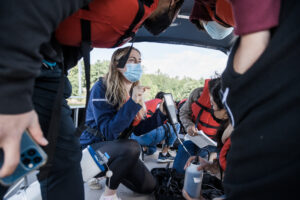May 10, 2023 | University of Toronto Engineering News
May 9, 2023 | U of T News
May 8, 2023 | BetaKit

PhD candidates Justin Berquist and Shengbo Zhang both were awarded an ASHRAE Graduate Student Grant-In-Aid in an amount of up to US$10,000 for the 2023-2024 academic year. Both Graduate students are working under the supervision of Prof. Marianne Touchie.
ASHRAE was formed as the American Society of Heating, Refrigerating and Air-Conditioning Engineers, and it is dedicated to advancing the arts and sciences of heating, ventilation, air conditioning and refrigeration to serve humanity and promote a sustainable world.
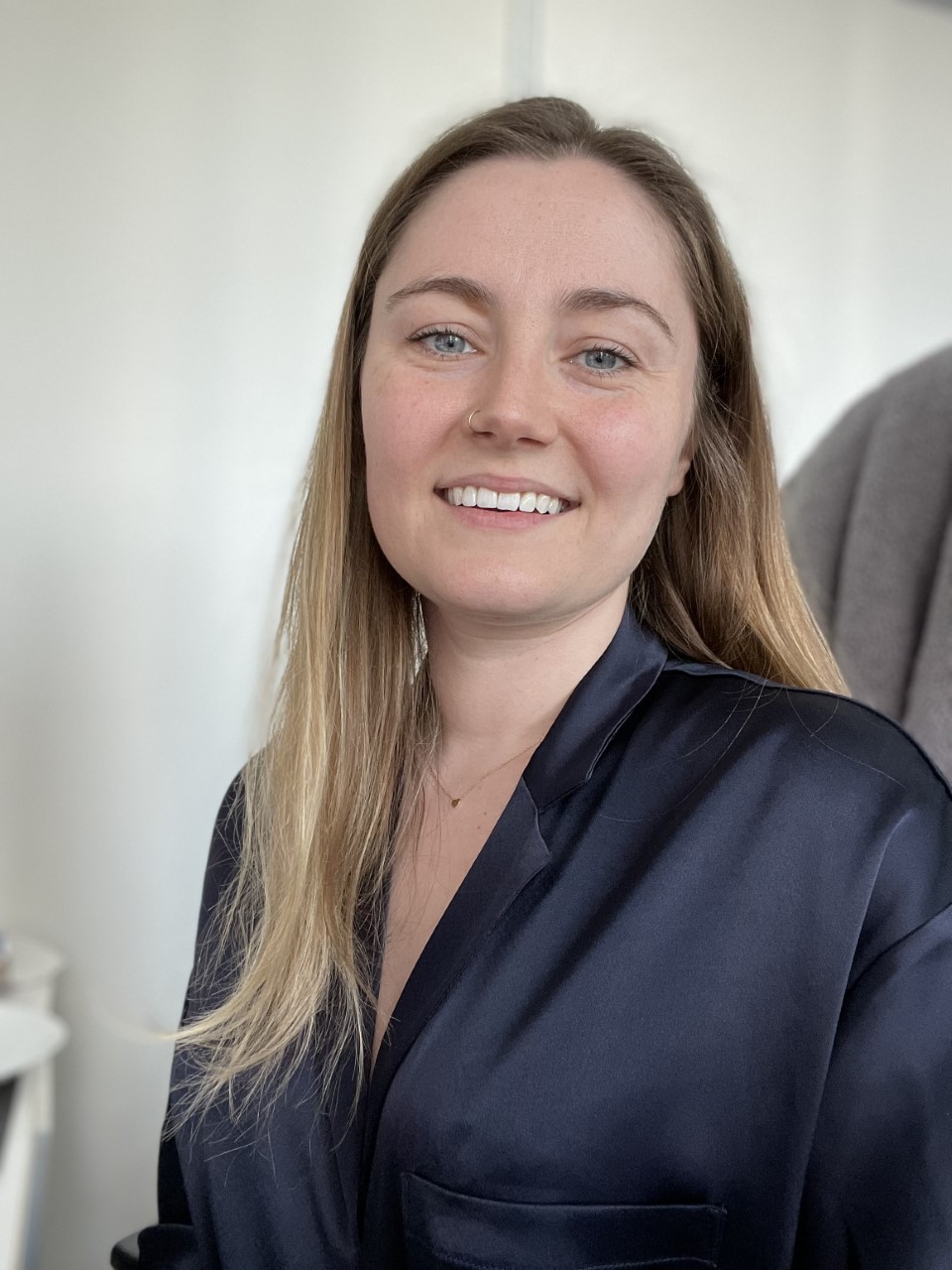
CivMin’s PhD candidate Lauren Twible was awarded the 2023 TATP Teaching Excellence Award. She has recently been a TA for Environmental Impact and Risk Assessment course and CME358 course at CAMP. Lauren’s research explores the role bacteria play in mining-impacted waters to minimize mining’s environmental impact. She works under the supervision of Prof. Lesley Warren.
The TATP Teaching Excellence Award was started by U of T’s Teaching Assistants’ Training Program and considers Teaching Assistants across all faculties. This award recognizes those who demonstrate sustained and ongoing excellence in their teaching. Students and faculty have the opportunity to nominate a Teaching Assistant who they’ve had direct experience with.

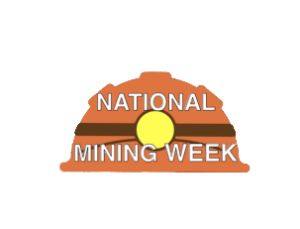
May 8 – May 12, 2023 is National Mining Week.
To Celebrate, we’re highlighting some of the amazing research our faculty, students and alumni are leading to improve mining practices and make the industry more sustainable.
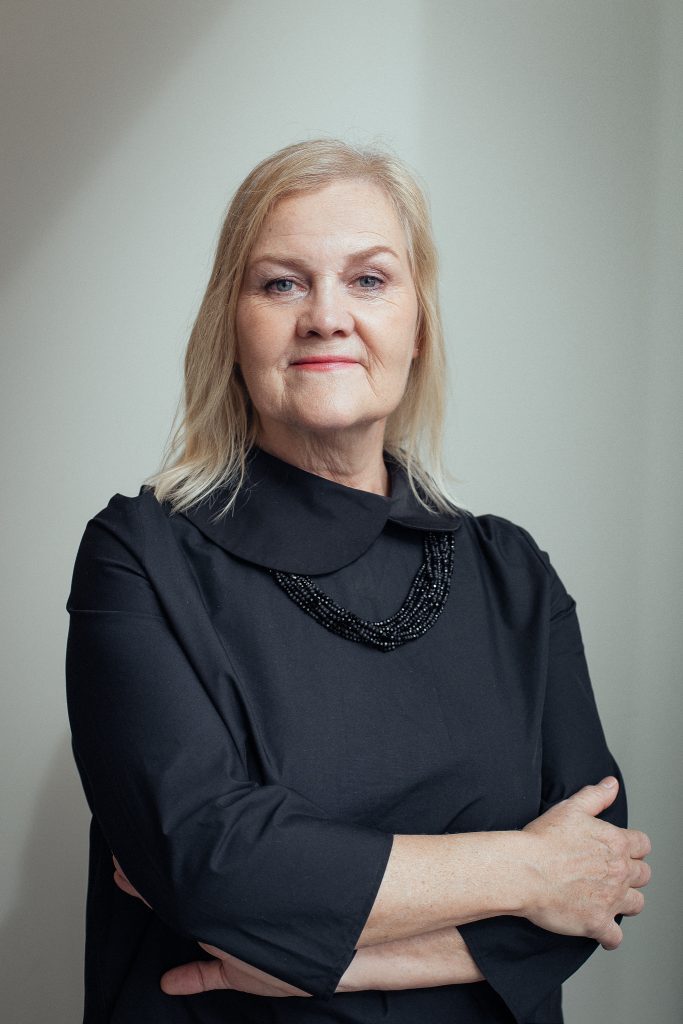
Prof. Lesley Warren: Mining, Water and Environment
What projects are you currently working on?
Closing biogeochemical knowledge gaps affecting water quality outcomes in reclamation oil sands end pit lakes. The other is: developing a sulfur microbiome for mining impacted waters. I am leading both international projects.
What companies/organizations are you working with?
Syncrude Canada, Glencore Integrated Nickel Operations, Hudbay Minerals, Rambler Metals and Mining, EcoReg Solutions, Ecometrix Inc,
What impact do these projects have on the larger scale?
Our work provides critical new knowledge that informs sound design of reclamation projects to safeguard the environment now and into the future. The research also provides new ideas about how better to steward water in mining operations through the integration of mining microbiome understanding.

To learn about Professor Warren’s multidisciplinary research that targets the largely unexplored mining microbiome in mining waste and ways it can fuel the development of innovative technologies to transform mining water stewardship, watch the recording of the talk “U of T Where You Are: Engineering for Sustainable Development – Water, Mining and Microbes”.
To read more about Prof. Lesley Warren’s work, visit https://warrenlab.civmin.utoronto.ca/
Prof. Sebastian Goodfellow: Understanding Stress in Deep Mines with the (ATV) Data
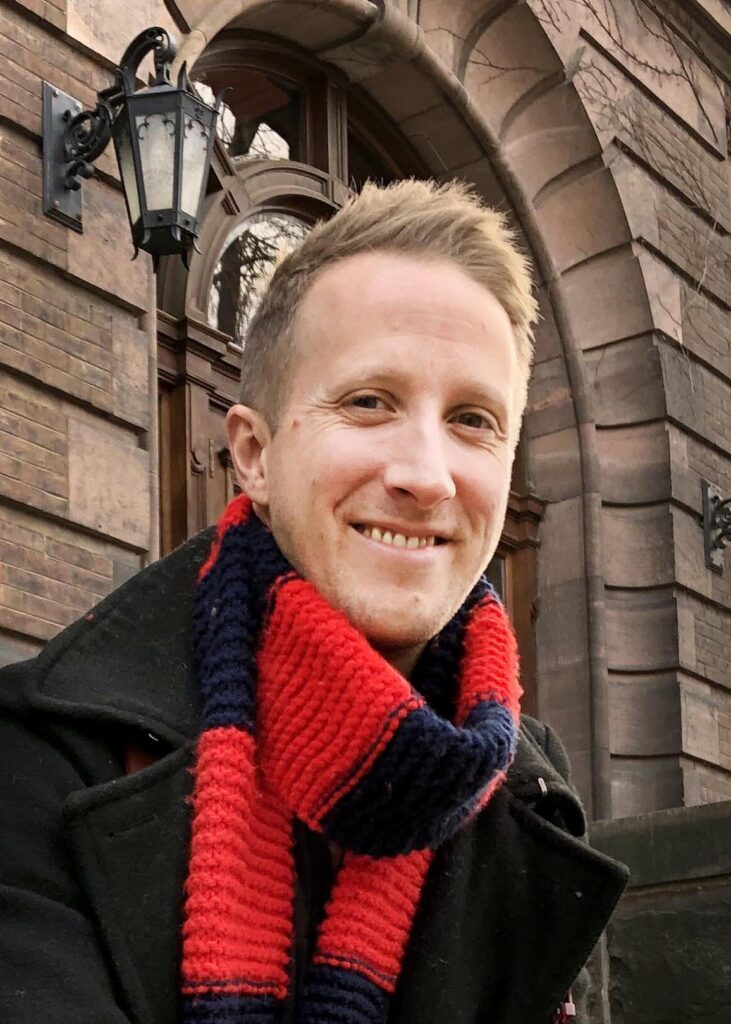
What is a project in the mining industry you are currently working on?
I am currently working on a project that aims to develop new methods to extract in situ stress information from large Acoustic-Teleview (ATV) datasets from the mining industry. I am collaborating with Professor John Harrison and we are co-supervising a Ph.D. student, Junxiong (Leo) Yang, who is the one actually doing all the great work.
What companies/organizations are you working with?
We are developing a method for stress estimation using Acoustic Televiewer (ATV) data. ATV technology has been around for decades and involves the acquisition of an acoustic image of the borehole. We are collaborating with DGI Geoscience, Canada’s leader in wireline logging, who have acquired ATV data in deep mines across North America.
What impact do these projects have on the larger scale?
Knowledge of local stress conditions is of critical importance for mine design and mine management. However, stress is a challenging quantity to measure because it can be highly variable across a region of interest and the available methods can be time-consuming, expensive, have high rates of failure, and produce sparse measurements. As a result, important design decisions are made with an incomplete picture of local stress conditions. As new targets are set at greater depths, the issue of accurate quantification of stress is front and center. Any decisions made without a solid understanding of stress conditions put the lives of underground workers at risk and threaten overall productivity.
Our solution is a good option to solve the relevant problem because we are using hundreds to thousands of observations collected from tens of boreholes with diverse orientations. Therefore, our method can provide a more detailed picture of the stress variability, which will result in more accurate modelling and interpretation.
To read more about Prof. Sebastian Goodfellow’s work, visit: CivMin Sebastian Goodfellow
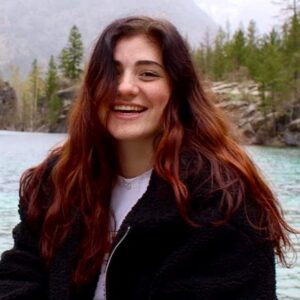
Meet alumna Olivia Mogielnicki
Olivia Mogielnicki (MinE 1T8 + PEY) used her networking skills to yield dividends at school and beyond.
Can you please tell us a little bit about yourself as an introduction?
My name’s Olivia Mogielnicki. I’m from Oakville, Ontario, so in the GTA region. I went to U of T for Lassonde Mineral Engineering, did a PEY Co-op and graduated in 2019.
After graduating, I moved out to the West Coast, worked for Teck Resources for two years, then I did a bit of a career switch. Now [since Feb 2022] I have been working at Flexport as a data analyst.
The pandemic gave me some time to think and reprioritize. I realized I was really interested in the data and technology space, so I did quite a bit of networking to learn more about the industry and build relationships. I took advantage of LinkedIn and lined up as many interesting zoom conversations as I could. I actually connected to my current opportunity through another alumna from U of T.
Why did you choose Lassonde Mineral Engineering? And did your U of T Engineering degree give you the skills that you needed to succeed professionally?
Mineral Engineering aligned with what I wanted to do – travel all over and have the flexibility to work just about anywhere I wanted to. Plus, U of T Engineering is the top engineering program in Canada.
I had a lot of positive experiences in my time in mining. I got to work in the oil sands, in Manitoba, Northern Ontario and in British Columbia. I was able to travel and work all over Canada.
Now, with your hindsight, if you could go back to your younger self, or somebody else now starting first year, what advice you would give them?
I think just believing in yourself, that you can succeed if you set your mind to a goal, even when things are difficult. Having that grit is half the battle and you can really do anything, especially with an engineering degree as your base. First year is tough, but if you are a self-starter and can build relationships with your classmates, you will make it.
I also think it’s important for students to take an intentional step back from the stress and pressure of their course load, and explore what will make them happy when they enter the working world. What hours do you want to work? Where you want to live? What kind of projects do you want to work on? With who? What excites you? Exploring that might look like setting up your own coffee chats with interesting people in your industry (or in another), seeking out internships or simply reflecting on your values and goals. Understanding where you want to go and why will help you make decisions that put yourself first!
May 7, 2023 | The Pointer
May 5, 2023 | India Education Diary
May 6, 2023 | BarrieToday.com
How AI could help doctors predict cardiac problems in critically ill children
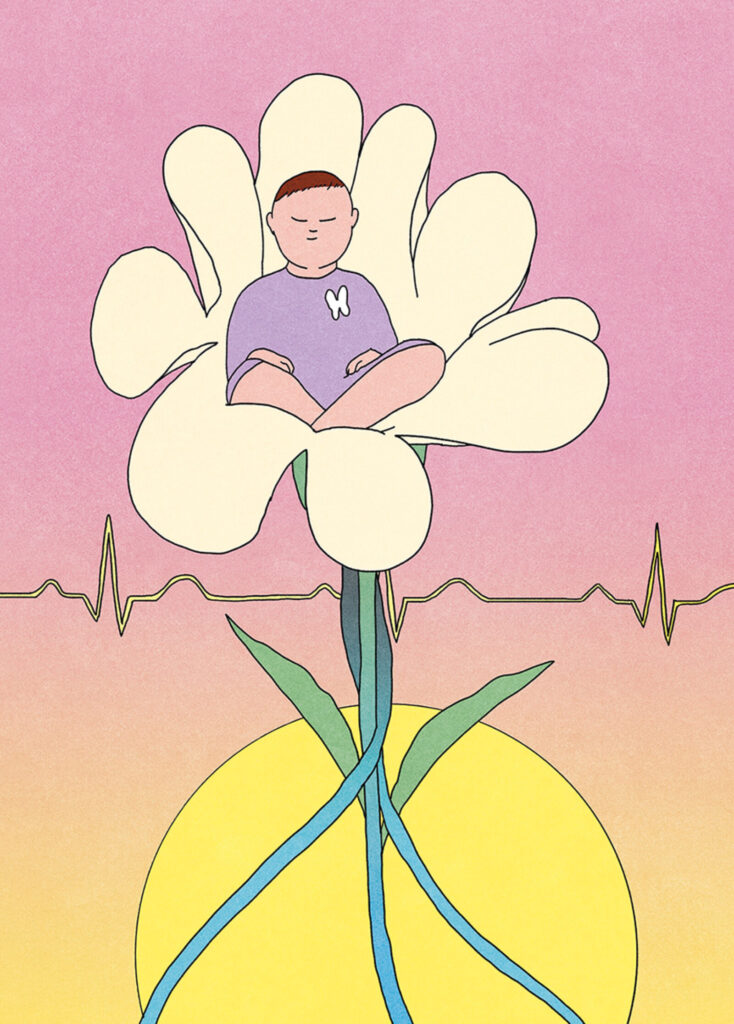
A unique collaboration between University of Toronto engineers and hospital physicians is pioneering the use of artificial intelligence – similar to an AI that helps detect earthquakes – to diagnose heart rhythm abnormalities at Toronto’s Hospital for Sick Children.
The innovative approach, which combines specially trained AI with the expertise of SickKids clinicians, could lead to significantly better health outcomes for critically ill children by providing faster and more accurate diagnosis of heart problems, the researchers say, as well as easing demands on clinicians’ time.
“This could help some of our most vulnerable patients, while also reducing stress on the health-care system,” says Mjaye Mazwi, a staff physician at SickKids and an associate professor at U of T’s Temerty Faculty of Medicine.
When the heart is functioning as it should, it beats to a regular rhythm – the familiar vertical spike followed by ripples that appear on a heart monitor. A heartbeat that is too fast, too slow or chaotic can cause severe complications and death.
Almost one in three children admitted to an intensive care unit experience a heart rhythm anomaly; at SickKids this affects as many as 700 children a year. These patients require constant monitoring, which places a high demand on hospital staff who are typically caring for other patients at the same time.
“The challenge is that clinicians cannot continuously monitor every bedside,” says Sebastian Goodfellow, an assistant professor in U of T’s department of civil and mineral engineering and a principal investigator at the Lassonde Institute of Mining. This can lead to a delay in detecting or diagnosing an abnormal heart rhythm, resulting in a worse outcome for the patient.
He and Mazwi, who is SickKids’ director of translational engineering in critical-care medicine, are developing what they believe will be a game-changing solution.
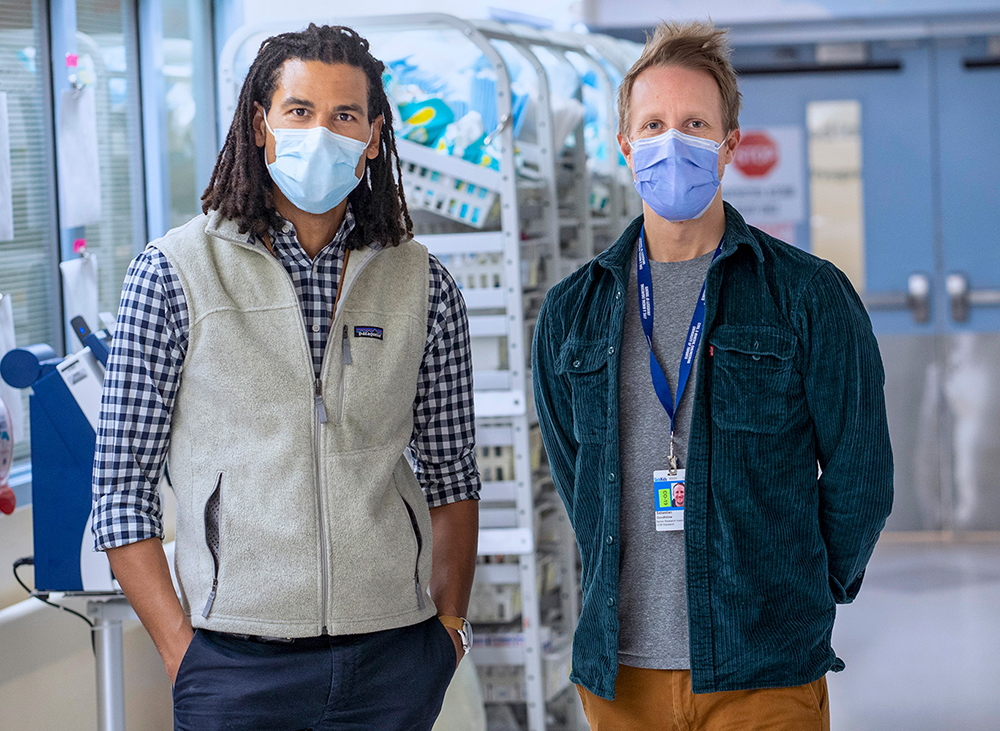
Prior to joining the Faculty of Applied Science and Engineering, Goodfellow worked at a mining startup where he helped build AI models to scan geological data for certain patterns. In 2017, he was invited to enter a “computing in cardiology” challenge with a team from Laussen Labs, a research group at SickKids. There, he met Mazwi, who was interested in using AI to detect heart arrhythmias and was looking for help with the complex challenge of deploying it in the hospital. Goodfellow’s experience made him a natural collaborator.
The AI they are developing is being trained to recognize the warning signs of impending arrhythmia based on clinicians’ expertise and more than 10,000 electrocardiogram readings – a far greater number than even the most experienced clinicians would encounter during their career. Before being deployed with patients, the AI needs to be able to match or exceed the performance of a clinician, and accurately sound the alarm when one of these arrhythmia warning signs appears.
“We want this AI to partner with the best of human intelligence in a kind of collaborative intelligence,” says Mazwi, who is also research co-lead at the Temerty Centre for Artificial Intelligence Research and Education in Medicine. “We don’t believe that AI will replace clinicians, but we do believe that clinicians who use AI will outperform and replace clinicians who do not.”
The researchers are initially focusing on a specific type of irregular cardiac activity called Junctional Ectopic Tachycardia, or JET, that is especially tricky to detect because it involves subtle changes in the patient’s electrocardiogram. In those who have recently had corrective heart surgery, JET poses a significant risk of injury or death.
Detecting and treating JET early reduces this risk, which is clearly crucial for the patient. It also helps shorten the patient’s hospital or ICU stay, benefiting the entire health-care system, says Mazwi. Eventually, the researchers hope to develop AI models for detecting every kind of heart rhythm anomaly.
Although AI is making rapid inroads into many areas of life, including medicine, Mazwi says the process in health care is necessarily slower and more careful. An AI model must be tested and retested to ensure it will improve both patient outcomes and overall performance in the health-care system before it is used on actual patients. “We’re held to a much higher standard,” he says. “You don’t deploy an AI until you are perfectly sure it will provide gains over the current process.”
The research team at U of T and SickKids is collaborating with clinicians and researchers at other pediatric hospitals in England, Israel and Australia to test the AI models being developed in Toronto. Their two goals: to ascertain if the models work as well on similar patient populations in other hospitals and to sow the seeds for expanding far beyond Canada.
“The timely detection and diagnosis of heart arrhythmias is a challenge; it’s an even greater challenge for hospitals that do not have the funding and expertise that SickKids does,” says Goodfellow. “The real impact will be when we take this technology to underserved communities.”
This project is supported by funding from the Ted Rogers Centre for Heart Research as part of the Joint EMHSeed and XSeed Funding Program, and the William G. Williams Research Directorship for Cardiac Analytics. It has also received a U of T Data Sciences Institute Catalyst Grant and a project grant from the Canadian Institutes of Health Research.
By Phill Snel
This story originally posted by U of T Magazine in the Spring 2023 issue
